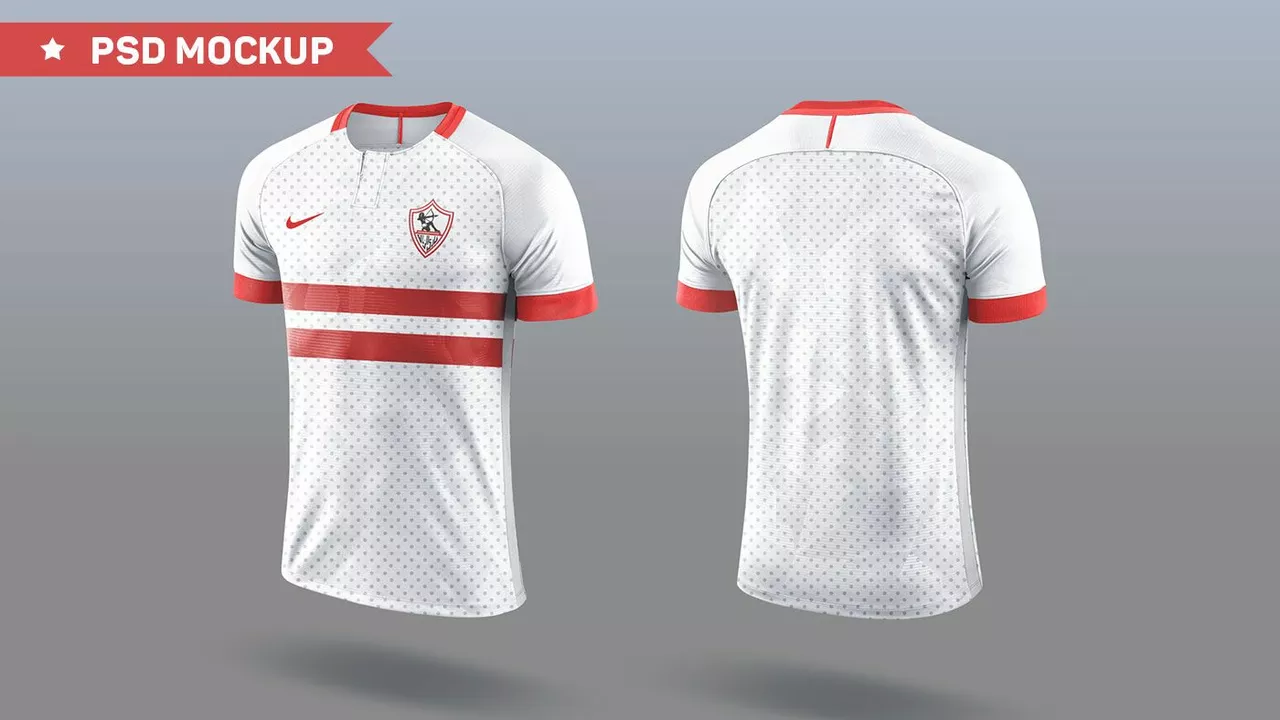Sport Regulations: What Every Soccer Fan Should Know
Ever wondered why the referee stops play for a handball or why a goal can be ruled offside? The answer lies in sport regulations – the rulebook that keeps the game fair and exciting. Below is a quick rundown of the most common soccer rules you’ll see on the pitch, plus a few tips on how to spot them during a match.
Core Rules That Shape Every Match
First up, the offside rule. A player is offside if they’re nearer to the opponent’s goal line than the ball and the second-last defender when the ball is played. The key thing to watch for is the timing – the player must be in that position at the moment the pass is made, not a second later. If you see a player sprinting behind the defense just as a teammate kicks the ball, that’s a classic offside trap.
Next, handball. The law says any deliberate touch of the ball with the hand or arm counts as a handball. It’s not enough that the ball hits the hand; the player’s intention matters. Look for situations where the arm moves towards the ball versus the ball bouncing off a natural position.
Then there’s fouls and misconduct. A slide tackle that lands on an opponent’s legs is a direct free kick, while a careless challenge inside the penalty area becomes a penalty kick. Yellow cards warn players, and a second yellow turns into a red, sending the player off. Keep an eye on the referee’s gestures – a straight arm often signals a direct free kick, while a curved arm indicates an indirect one.
How Officials Enforce the Rules
Referees aren’t alone. Two assistant referees (the linesmen) watch the touchlines for offsides and throw‑ins, while the fourth official handles substitutions and extra time. In top leagues, video assistant referees (VAR) can review key decisions like goals, penalties, and red cards. VAR doesn’t overrule the referee; it only advises when there’s a clear mistake.
Understanding these layers helps you see why a goal might be disallowed even after the ball hits the net. If the assistant spot a teammate in an offside position, the referee will blow the whistle, and the goal is cancelled. Same with a handball in the box – VAR will check the angle, and if the handball is deemed deliberate, a penalty is awarded.
So, what can you do with this knowledge? Next time you watch a match, try to predict the referee’s call before the whistle blows. Spot the offside line, watch the players’ arm positions, and listen for the whistle’s tone. The more you practice, the more the sport regulations will feel like second nature.
Remember, these rules exist to keep the game safe and competitive. Whether you’re a casual fan or a budding player, knowing the basics of sport regulations makes the game more enjoyable and helps you appreciate the skill behind each decision.

Why can't soccer players wear sleeveless jerseys?
In my latest blog post, I explored why soccer players aren't allowed to wear sleeveless jerseys. It turns out, the main reason is due to the laws set by FIFA, the governing body for international soccer. These regulations aim to maintain uniformity and respect for the game. Additionally, sleeves are necessary for numbering and potential advertising spaces, which are crucial aspects of the sport. So, despite any potential comfort or style preferences, players must adhere to these rules for the greater good of the game.
View More